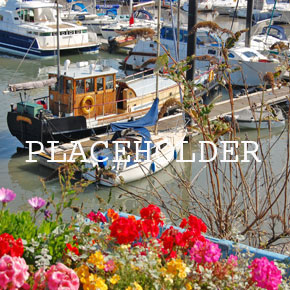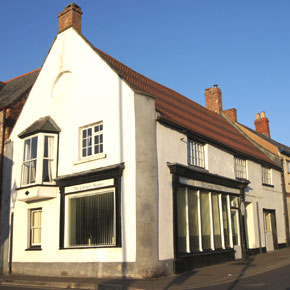Watchet's Heritage - Serendipity Cafe


Like a good many of the buildings in Watchet, this building has undergone many different
manifestations over the years and it seems certain that this building was the site of a
largely forgotten pub "The Kings Arms" and in operation at the time when smuggling was
rife in the town. Perhaps it was here that William Dashwood, our unobservant Watchet
customs officer, chose to ignore the illicit loading and unloading of contraband in
the late 17th century. It is said that he kept a blind eye to the activities that were
taking place right under his nose, preferring to sit comfortably with a flagon of ale
never far from his lips, maybe sitting in what is now the Serendipity Café. Of course
his luck eventually ran out.
Like the West Somerset Hotel a little further up the street, below the floor is evidence of the smugglers' tunnel and also a hidden area well-suited for the storage of brandy and other illicit goods. (There are indeed many other properties with signs of tunnelling.)
In the nineteenth century, it was the premises of W Thorne, a leather worker and dealer, who sold an array of leather goods including many horse harnesses, for this was the age of the horse.
Many older residents will remember it as Molly's Tea Rooms run by Watchet stalwart Molly Quint.
Directly opposite on the harbour wall is the building now known as "Headlands" which, when the bicycle first emerged as a popular form of recreational transport in the early 20th century, (having previously been a printers), became a popular destination and operated as Lee's Tearooms for a number of years.
For further information about the town as a whole,
please visit the home page or click
Here
This page is provided by Watchet Conservation Society with the help of Watchet Chamber of Trade
and with funding from Somerset West & Taunton Council's High Street Emergency Fund.
Text and history provided by Nick Cotton
